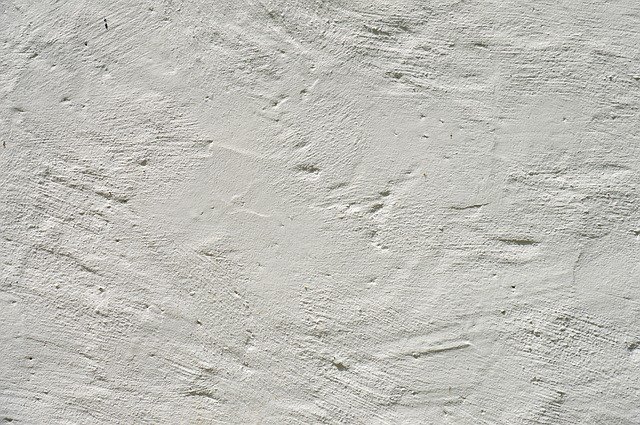Does Vinegar Remove Paint?
So, does vinegar remove paint? Well, vinegar is a regular ingredient in our kitchens used for salad dressing or making pickles. So, white vinegar will also remove paint from various surfaces including masonry. 
Vinegar is an effective, yet cheap and eco-friendly method to remove stuck-on and dried/ stubborn paints from surfaces such as metal windows or concrete walls without releasing toxic fumes or chemicals.
Besides, lemon juice, Vinegar, plus cola will also help remove rust from various light surfaces like the driveways. Also, vinegar is a natural wall’s degreaser and luckily its residue doesn’t harm the surfaces once painted.
See Also: Deck stains for pressure-treated wood.
Does Vinegar Remove Paint? 7 Key Tips
Will vinegar remove paint from metal? Requirements – Vinegar, soft sponges, water, heating pan, soft cloths, or towels, fans, ladder, and measuring cups. See Also: best paint stripper for metal.
1. Prepare Vinegar Solution
The first step is to prepare your vinegar solution for paint removal. Brings about 0.25 of your distilled vinegar in a safe container to heat. Boils about 0.25 – 1 cup of water and allow it to simmer.
Turn off your heat source and bring the vinegar container into the hot water and allow the vinegar to warm appropriately. Also, you may heat the vinegar by putting using a microwaveable bowl in your microwave oven.
2. Soak Swabs in Vinegar
Now, dip some cotton swap into your vinegar. However, ensure cut the vinegar moisture in the swab by squeezing it between the fingers.
Thus, it’ll be possible to readily soap your paint using the vinegar-dipped swab while causing minimal drips on your surfaces such as glass.
Alternatively, dip some sponge or a paintbrush in the heated vinegar ready to remove the paint and its harsh spray paint smell. Next, it’s now time to dab your vinegar onto your stubborn dried paint.
3. Soap Paint with Vinegar
Next, we do the ultimate paint removal using your heated vinegar. So, use the vinegar swab and cover the identified paint using the warm vinegar. Allow the soaked paint to sit as it melts down for about 10 minutes to about 15 minutes.
The warm vinegar will easily soak your identified paint for the time allowed to sit working its magic. However, if after the process, the paint is still sticking – you can now a hotel vinegar reapplication. See Also: best paint stripper for wood.
4. Finally, Scrape off your Paint
So, once the paint is fully soaked in the hot vinegar its time to physically remove it from your surfaces like glass or doors. So, simply use a stiff credit card or rubber spatula to scrape off of gently flick the paint from the various surfaces.
Ensure that apply to apply just gentle or light pressure while doing some quick motions so that you won’t significantly scratch the surface finishes. However, you may soak more vinegar in the swab if the paint proves stubborn resisting removal.
So, the hot vinegar serves to loosen the paint – and thus all you’ll have to do finally is to wipe off the damped paint using some cloth or rubber spatula.
Does Vinegar Hurt House Paint?
Definitely, this depends on the convention of the vinegar solution that you’re using for cleaning the walls. Less concentrated vinegar can clean the walls without hurting the paint but more concentration will simply soak and remove the paint and adhesives.
Definitely, a new stain or sealers will brighten your surface but these won’t remove grease or dirt. Thus, using your regular white vinegar will help you to cheaply remove these grease and dirt – its acidity readily removes the sticky residues, oils, and dirt.
1. Vinegar for Degreasing
Vinegar will work excellently in degreasing various walls. However, depending on the vinegar concentration, the treatment won’t damage the surface paint.
However, for sticky walls, you may require to soak, with vinegar, the areas that are definitely sticky as this will break down these oily particles – you can use some vinegar-soaked swabs or towels.
The soaking process should continue for roughly 5-15 minutes before removing the swab or towels. Finally, wipe off the wall surface that had been soaked with vinegar – this will remove the grease. See Also: best pressure washer for paint removal.
2. Vinegar for Adhesive Removal
You can also use vinegar to remove adhesive stains from different surfaces – this will work despite having painted the surfaces. The vinegar will get into the adhesive stains and allow them to peel off.
The solution will break down the stick-on hooks, wallpaper, and decals. First, ensure to physically remove most of the adhesive before applying the vinegar using some cloth.
Finally scrub the vinegar-soaked s surfaces using some credit card and this will remove your sticky adhesive residue. However, repeat the vinegar application and rubbing if the adhesive stain still persists. See Also: best heat gun for removing paint.
Conclusion
So, it’s clear that a high concentration given enough time to soak, will help remove a0ujnt from different surfaces including glass and metal doors. Also, the solution will remove oil, adhesive, and dust from various surfaces like trim and baseboards.





